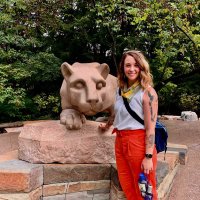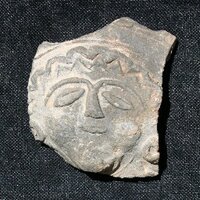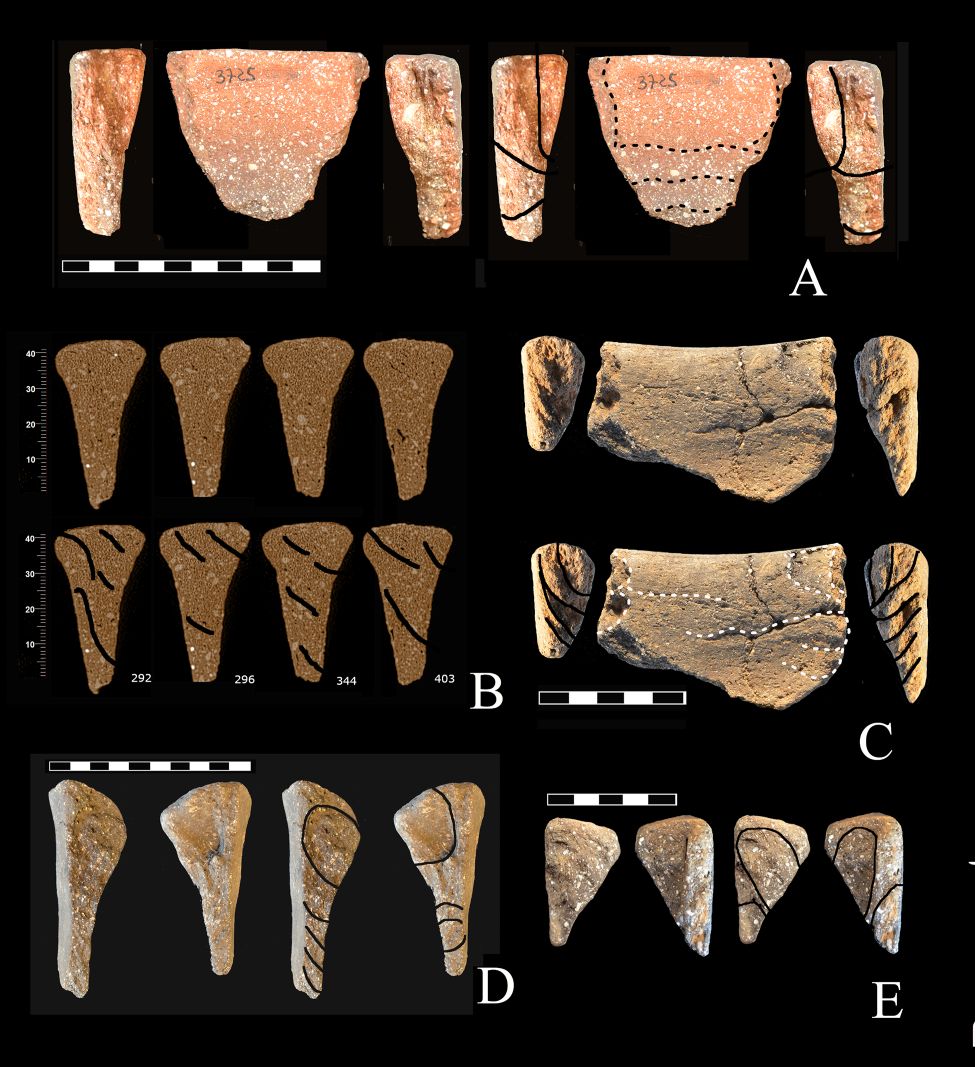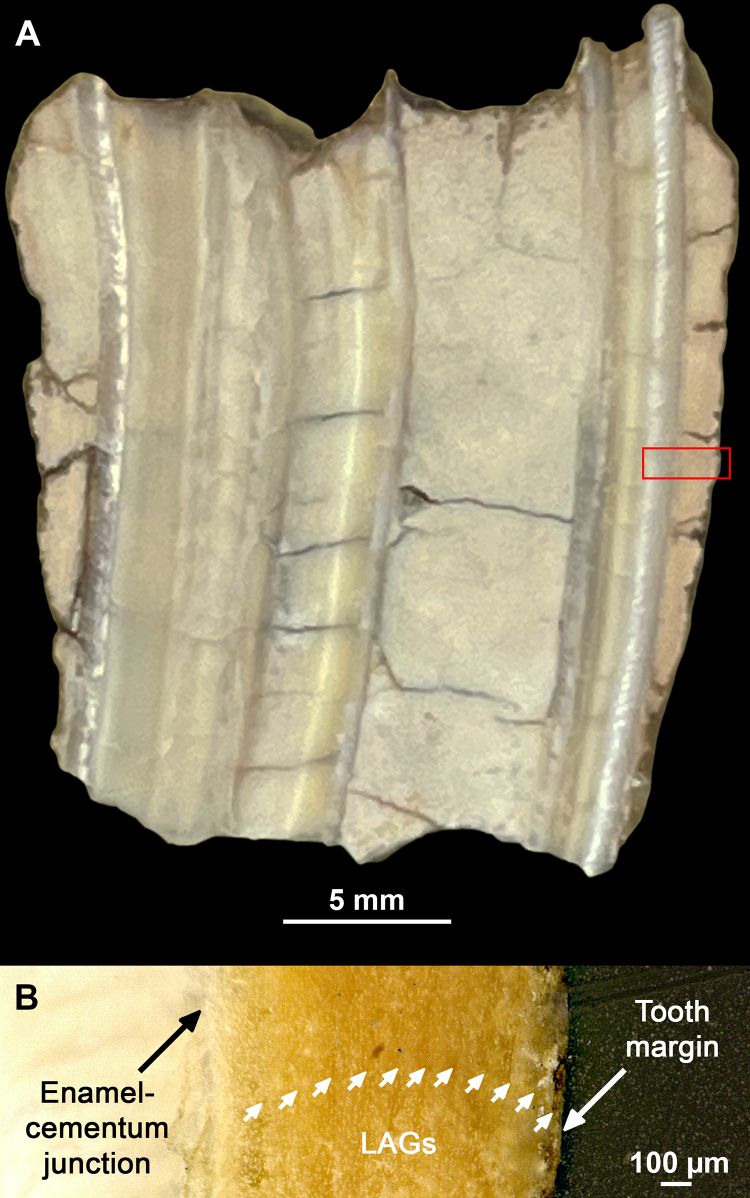
Journal of Field Archaeology
@j_f_archaeology
Edited by Christina Luke, the Journal of Field Archaeology features articles on heritage studies and archaeological data from excavations, surveys, and the lab.
ID: 2694251311
http://www.tandfonline.com/toc/yjfa20/current 30-07-2014 23:51:22
939 Tweet
3,3K Followers
613 Following

I am happy to announce that our new paper about research on two MSA sites from the EDAR area (Sudan) has been published #OpenAccess in Journal of Field Archaeology. Many thanks to all contributors! Mirosław Masojć Dr.Ahmed Hamid Nassr tandfonline.com/doi/full/10.10…

buff.ly/3XM877Q New #OpenAccess Article: Grzegorz Michalec & colleagues discuss research at MSA sites EDAR 134 & 155 in Sudan's Eastern Desert Atbara River. Luminescence & tool use analyses reveal human activity during MIS 5 & highlight aeolian impacts on lithic preservation.








🚨 New publication by Dr. Isabelle Holland-Lulewicz (Isabelle Holland-Lulewicz, PhD) out today in Journal of Field Archaeology!! “Calusa Fisheries and Estuarine Socio-Ecologies in Southwestern Florida: An Examination of Large-Bodied Fish” tandfonline.com/doi/full/10.10…


It’s true! New paper out today in Journal of Field Archaeology! How did management of a core fishery underwrite Calusa sociopolitics?? How did this core fishery facilitate complex ecosystem engineering in the form of structures to hold live fish surplus?? Find out here!

buff.ly/3xNTTJj New #OpenAccess Article: Alison Gascoigne & P. Sheehan combine archaeological data & historical sources to examine Egypt’s first Islamic-era capital, Fustat, revealing how its pottery industry influenced the city's cycles of abandonment & reoccupation.


Need a coffee break? Take a look at our new open access paper on pottery production and the urban landscape in medieval Fustat/Cairo 🙂 Archaeology | Southampton

buff.ly/3Si4bIB New #OpenAccess Article: Andrea Jalandoni & colleagues introduce chiaroscuro photogrammetry as a solution for low-light conditions in archaeological sites, improving visual accuracy as demonstrated by successful trials in Koonalda Cave, South Australia.


buff.ly/3YdaGAi New #OpenAccess Article: Isabelle Holland-Lulewicz, PhD suggests that the Calusa actively managed a core fishery at Mound Key in Estero Bay, Florida, supporting their success from A.D. 450 through European contact, contributing to their complex socio-ecological systems.



buff.ly/3YAzkuM New #OpenAccess Article: William Lidberg & colleagues use national airborne laser data & deep learning to map hunting pits in Sweden, achieving a 70% accuracy, potentially improving the protection of these cultural sites in northern Scandinavia.




A photo essay shows how archaeology Tell Atchana evolved in the face of the Turkey–Syria earthquakes in Feb 2023 to move forward whilst incorporating and honoring the past Banding together, archaeologists and the community alike helped rebuild the site ⬇️ spr.ly/6019lNApN









